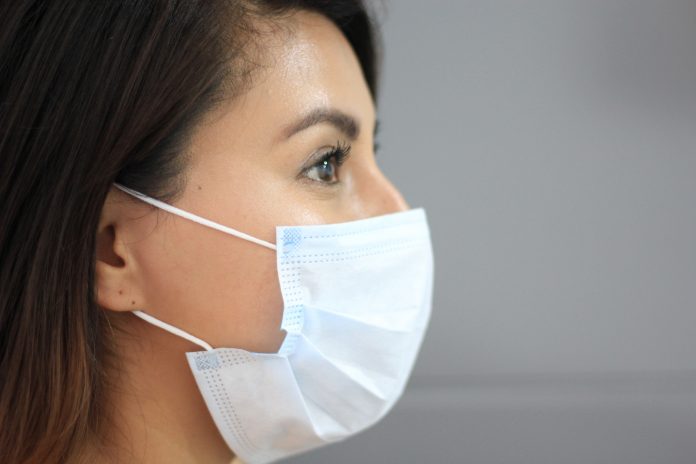New data from the REACT study finds that the number of COVID cases in hospitals is higher than it was in April 2020, but that infection rates are substantially decreasing across the country
The Real-time Assessment of Community Transmission (REACT) programme was commissioned by the Department of Health, to officially track how COVID-19 is spreading.
The new data comes from early February, 2021. The data presents the most cohesive picture of the COVID-19 situation in the UK.
Are there less COVID-19 cases now?
Currently, infections are falling across the country, but they’re still really high.
This sadly does not mean that the population is in the clear. The scientists explain that the current picture of infection is similar to what it was in September, 2020.
They also warn that hospital cases of COVID-19 are higher than they were in the first wave, making clear that any reversal of lockdown would need to be careful not to put “renewed pressure” on the NHS.
Professor Paul Elliott, director of the programme at Imperial, said: “While the trends we’ve observed are good news, we need to all work to keep infections down by sticking to the measures which are designed to protect us and our health system.”
London looks substantially better after lockdown
Areas like London and the South East have seen five times fewer people testing positive for COVID-19, while northern regions like Yorkshire and the Humber are seeing smaller drops in infection rate.
The age group catching COVID-19 the most right now are young people aged 5 to 12, and then 18 to 24. In these groups, 1 in 110 are testing positive for COVID-19.
This data could cause problems for the Prime Minister’s back to school on 8 March plan, which is expected to be supported by two weekly COVID tests for every student, teacher and parent.
Asian people still testing more positive than white people
There were higher levels of COVID-19 cases among people of Asian ethnicity in comparison to white people, people living in deprived areas in comparison to affluent areas and those in multi-generational households. The trend of healthcare workers and care home workers testing more positively for COVID than the rest of the population also continued.
However, the overall infection rate for all ages has dropped in a uniform way.
The scientists running the REACT study suggest that this is due to the 6 January lockdown decreasing social interactions, not vaccinations – as only the elderly and highly vulnerable have been vaccinated thus far.
They don’t expect to see the result of vaccinations on COVID-19 cases right now, but could catch this impact in their next data drop.
Health Secretary Matt Hancock said: “These findings show encouraging signs infections are now heading in the right direction across the country, but we must not drop our guard.”
Here are two previous write-ups of the REACT study in 2021.











